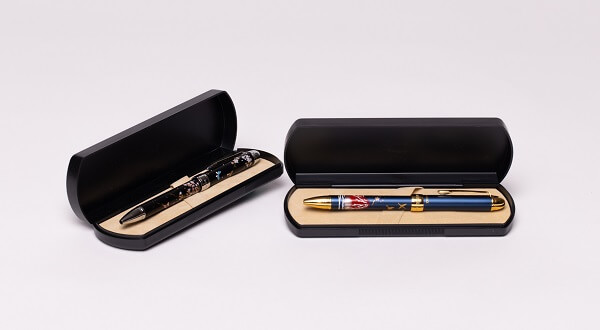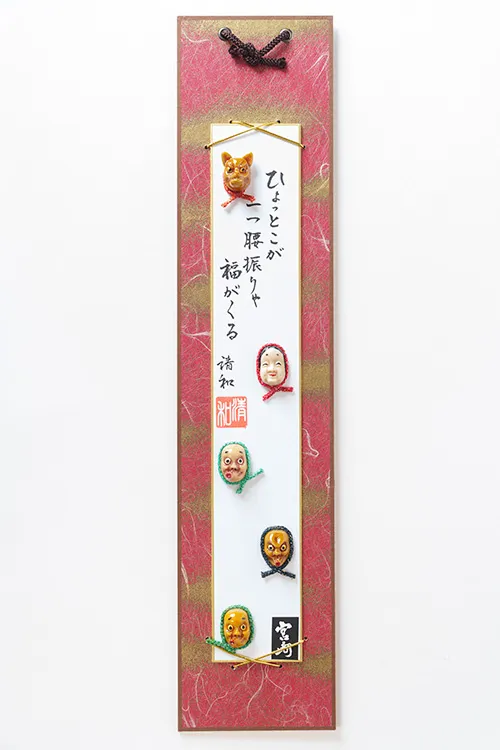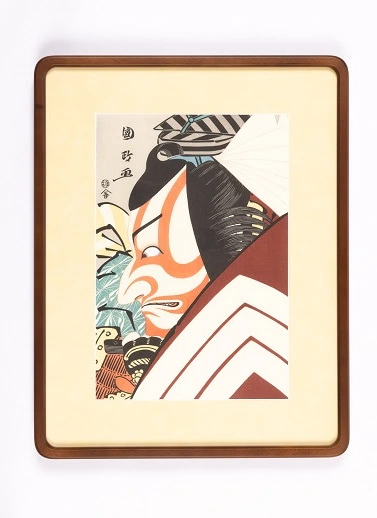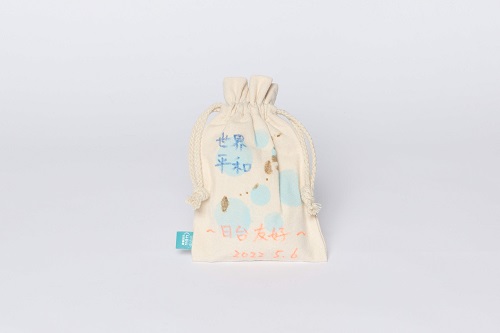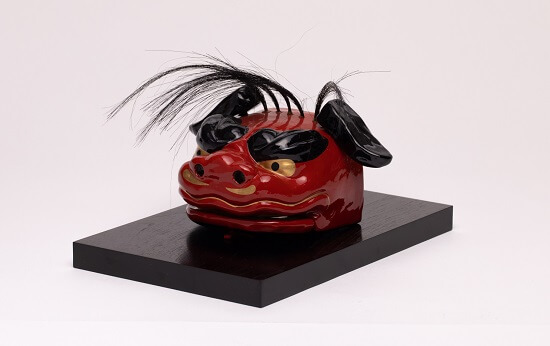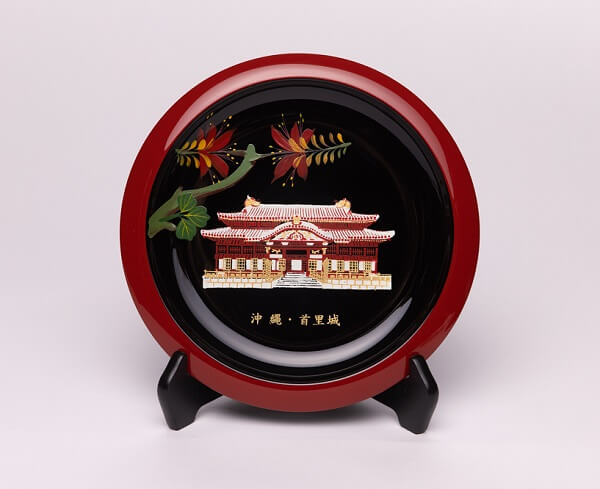
Imariyaki Cups Set
Updated at 2023-05-23
Imari was the first region in Japan to produce porcelain production site. It is also known as the "Capital of the Kiln" for producing the highest quality porcelain for the imperial family. However, behind the immense success of Imari lies a series of coincidences. At the end of the 16th century, Toyotomi Hideyoshi returned to Japan after an unsuccessful expedition to Korea, bringing with him a group of captured Korean potters. These potters unexpectedly found the raw materials for making porcelain in the nearby mountains of Imari, paving the way for the rise of the porcelain industry in Japan. International opportunities for trade arose not long after Japan discovered its geological and human potential for producing porcelain. In the 17th century, China imposed isolationist policies restricting maritime trade, including porcelain export. This period coincided with a boom in international porcelain demand, and Japan naturally stepped in to fill the demand.
Flag: The flag of Japan is known as the "Flag of Sun," a red disc centered on a white rectangular banner). The ratio of the flag is 2:3, and the diameter of the red disk is three-fifths of the vertical length, with the center of the red disk aligned with the center of the flag.
National Day: February 11
Language: Japanese
Capital: Tokyo
Area: 378,000 square kilometers
Population: Approx. 123 million people
Currency: Japanese Yen
Government: Constitutional monarchy, separation of powers
相關藏品


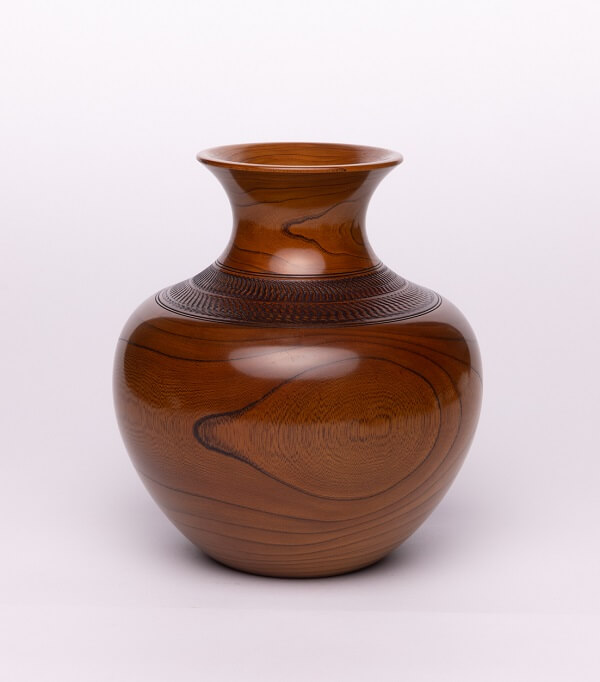
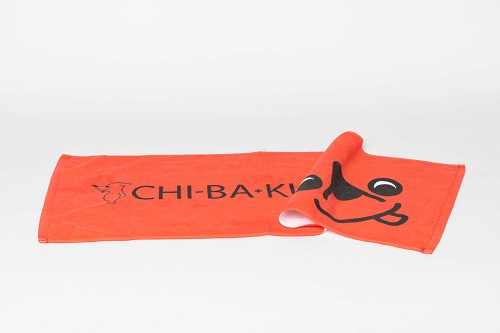
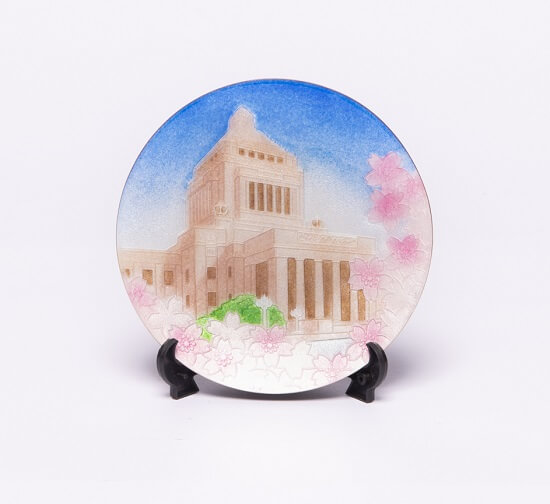
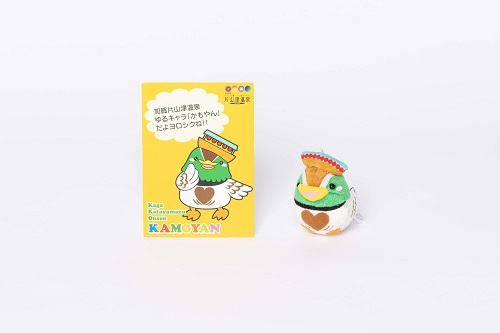
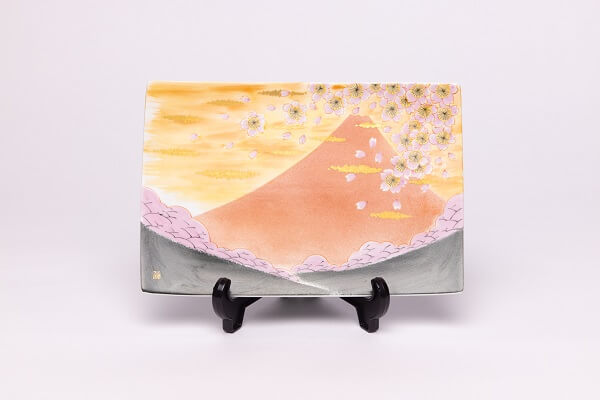
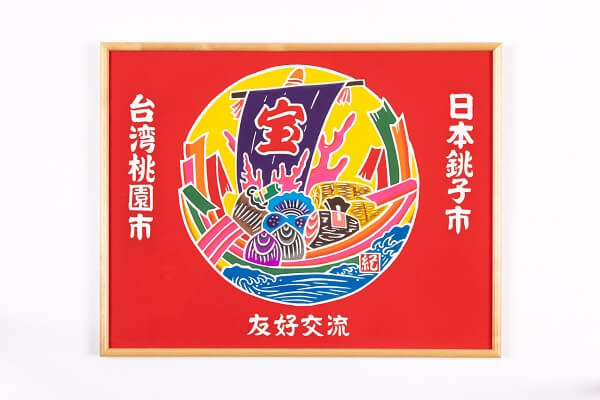
.jpg)
.jpg)
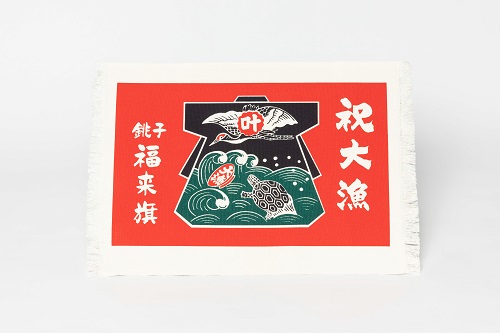
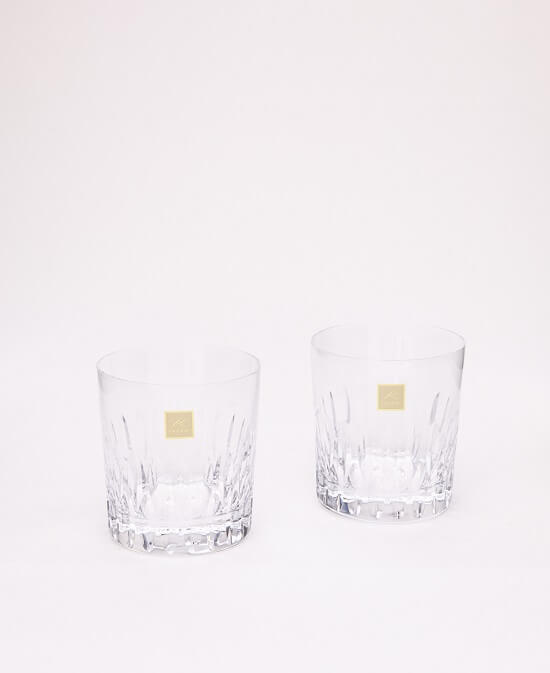


.JPG)
